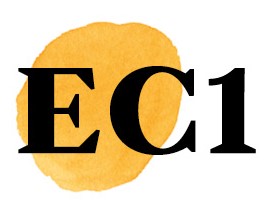From unpaid carers to disability, the recent census has revealed areas where there are significant differences for men and women in Islington.
By Sonja Tutty, Data Reporter

From unpaid carers to disability, the recent census has revealed areas where there are significant differences for men and women in Islington.
It comes as International Women’s Day is celebrated this week with women’s rights charity The Fawcett Society saying more concerted action is needed to tackle gender inequality in the UK.
The census survey taken across England and Wales in March 2021 shows of the 216,589 usual residents in Islington, 113,291 are women – accounting for 52.3% of the area’s population.
In Islington, women made up 59.6% of unpaid carers, meaning they were looking after someone because of long-term physical or mental health conditions or illnesses, or problems related to old age without compensation.
This is similar to the trend across England and Wales where there are approximately 2.8 million female unpaid carers and approximately 1.9 million male unpaid carers.
Additionally, women in Islington were more likely to have a disability than men, with 21.6% of women stating they were disabled in the census, while 19% of men did.
The recent census also revealed 1,705 people in Islington had previously served in the UK armed forces. Just 305 (17.9%) of them were women.
Jemima Olchawski, chief executive of the Fawcett Society, said there is not a single “sure-fire” solution to improve gender equality in the UK, but more action is needed.
“This Government must urgently reform the childcare system so that it is affordable, accessible, and works for women and employers must make flexible work the default,” she added.
She said: “We simply can’t allow this Government to stand by as women’s hard-fought gains are lost.”
Contrary to national trends, women in Islington were less likely than men to identify with a sexuality other than heterosexual. Figures show around 6,320 women in the area (6.5% of women) identified as lesbian, gay, bisexual or another minority sexuality, while 8,390 men (9.7%) did.
Across England and Wales, females (3.3%) were more likely to have identified as lesbian, gay, bisexual or another minority sexual orientation than males (3%).
Census data shows 60.6% of women in the area identified as white, 14% as black, 10.5% as Asian, 7.7% as mixed and 7.2% as another ethnicity.









